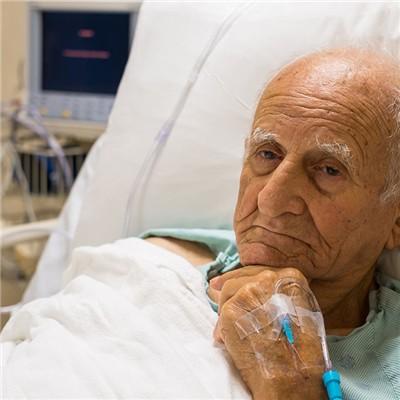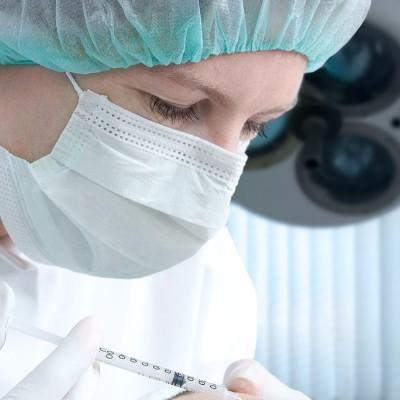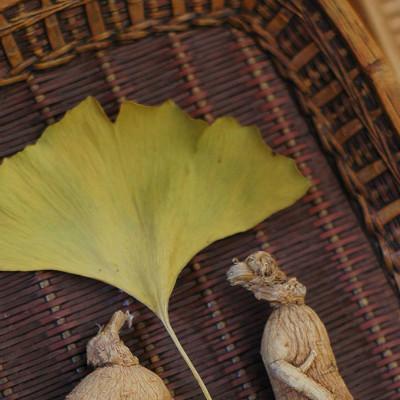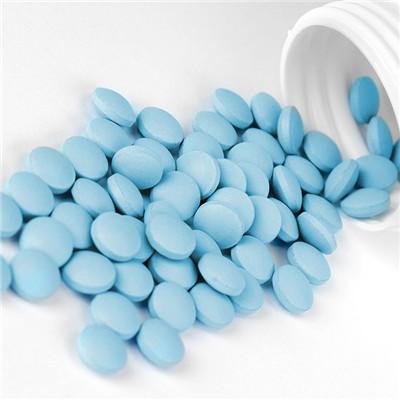Symptoms of dermatomyositis
summary
Dermatomyositis is a kind of non suppurative inflammatory disease mainly involving striated muscle and lymphocyte infiltration, with or without a variety of skin lesions. Clinically, it is characterized by symmetrical weakness of limb girdle muscle, neck muscle and pharyngeal muscle, often involving multiple organs, and may also be accompanied by tumor and other connective tissue diseases. The symptom of dermatomyositis? Let's talk about it
Symptoms of dermatomyositis
Muscle involvement in this disease is usually bilateral symmetry. Scapular zone and pelvic zone muscle involvement are the most common, followed by neck muscle and throat muscle. Respiratory muscle involvement is rare, orbicularis oculi muscle and facial muscle involvement are rare. About half of the patients had myalgia and / or tenderness. About half of the patients suffered from cervical muscle involvement, especially the cervical flexor muscle. It was difficult to raise the head when lying on the back, and it was unable to raise the head when sitting; Pharyngeal or upper esophageal rhabdomus involvement may lead to dysphagia, hoarseness and dysphonia. When ingesting liquid food, it may flow out through the nostril and cause cough. Gastrointestinal smooth muscle involvement is rare. Weakness of lower esophageal sphincter can lead to gastric acid reflux and esophagitis. Chronic cases can cause esophageal stenosis. When the shoulder girdle is involved, it may be difficult to lift the arm, unable to comb and dress; Respiratory myasthenia can cause chest tightness, dyspnea, severe need ventilator assisted breathing; When the patient has pelvic band muscle weakness, it can be manifested as difficulty in going up and down the steps, difficulty in standing or standing up from the seat after squatting down, and difficulty in walking.
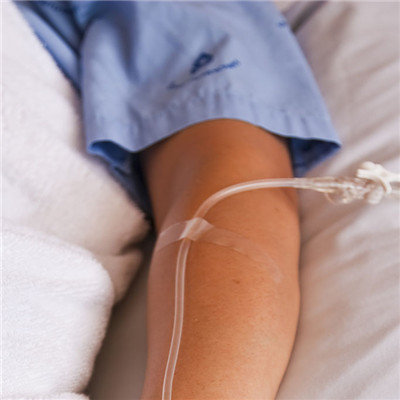
Dyspnea during activity is a nonspecific but severe symptom. Polymyositis and dermatomyositis involving respiratory muscles can lead to respiratory muscle weakness. This kind of patient has difficulty in expectoration and is prone to pulmonary infection. The most serious complication is rapidly progressive alveolitis, characterized by fever, shortness of breath, severe cough, and rapidly progressive dyspnea. In severe cases, it can lead to adult respiratory distress syndrome. The more common is chronic progressive pulmonary fibrosis, characterized by progressive dyspnea, whose symptoms are easily masked by muscle involvement due to insidious onset; There are also many patients who have no symptoms of pulmonary involvement, and pulmonary fibrosis is only found on radiological examination and / or pulmonary function examination. Auscultation can be heard in both lungs. X-ray examination showed ground glass in the early stage and reticular or honeycomb shadow in the late stage. Pulmonary function test showed restrictive ventilation disorder and decreased diffusion function. Pulmonary hypertension may occur in the late stage of the disease, which may lead to right heart hypertrophy and right heart failure in severe cases. A few patients may have pleurisy and pleural effusion.
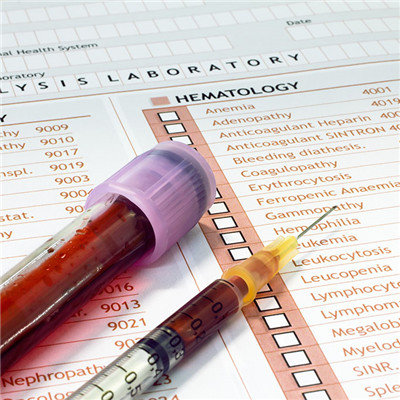
Cardiac involvement is common, generally mild, with few clinical symptoms. The most common is arrhythmia, such as palpitation, arrhythmia. Congestive heart failure may occur in late stage, which is caused by myocarditis or myocardial fibrosis. Occasional myocarditis. The MB of CK may be increased, but it is not necessarily related to myocardial involvement. Most of the MB is produced by regenerated myofibrils of damaged muscle.

matters needing attention
Clinical experience has proved that glucocorticoid is effective in the treatment of idiopathic inflammatory myopathy, so it is regarded as the first choice for the treatment of polymyositis and dermatomyositis. Light can be taken orally in the morning, the best three times for heavy, once the disease is under control, and then changed to an oral. Generally, the course of treatment should not be less than 2 years, and the drug can be stopped at last. If there is no recurrence in 3 years, it is unlikely to recur later. If there is no recurrence in 5 years, it is basically cured.



